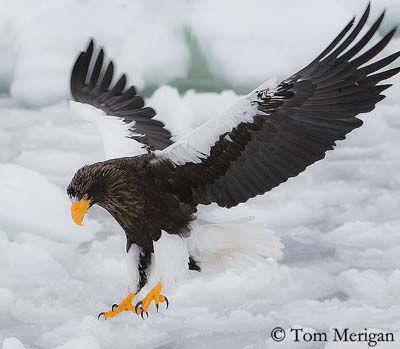
Bird’s legs and feet: different shapes
Page 5
Show me your legs, I will know where you are living!
Raptors are powerful birds, hunting for food in different ways. The bill is used for feeding, but legs and feet are used for catching preys and killing them.
They have anisodactylous feet, with three toes forwards and one backwards. The toes are very powerful, and equipped with sharp, long, well curved claws. This complete tool is named “talon”. Talons are used to catch and hold the prey, and also to kill it.
The underside of the toes shows roughened pads which help the raptor to grasp the prey. In addition, the Achilles tendon curls the toes well closed and allows to tighten and to hold the prey.

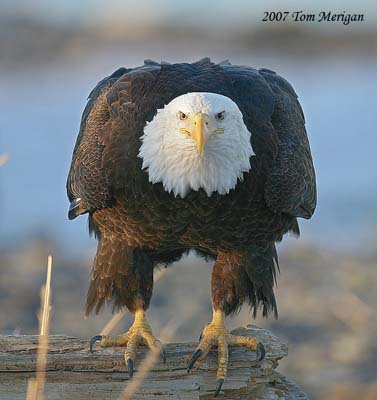
The birds of prey of Accipiter family feed mainly on birds. They have long, slender toes made for catching birds, slipping into the plumage to secure the catch.
The long legs allow the raptor to enter the foot into a hole or a burrow, in order to catch some squirrel or small mammal after some chase.
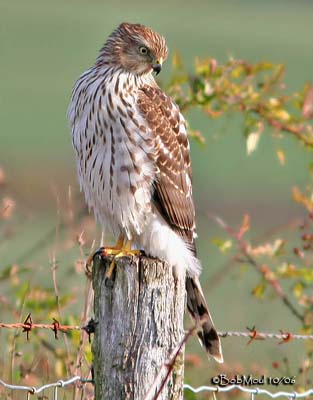
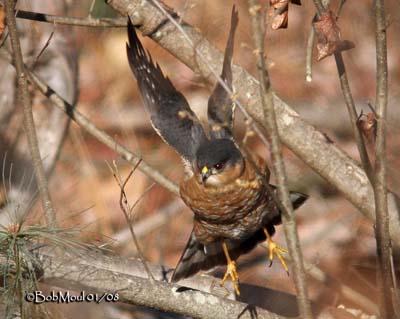
The “buteos” are different. They sink the talons into the prey (usually rodents) with one foot or both, depending on the size of the victim. Usually, one food holds the head, and the second secures the body.
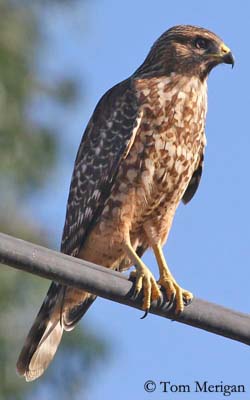
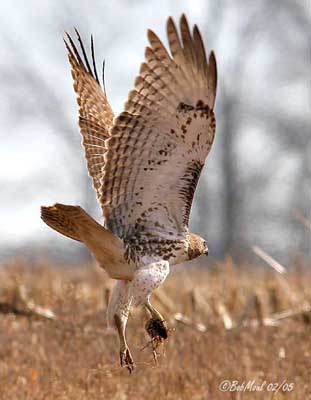
Other raptors of Buteogallus family have longer legs. These hawks often hunt also by walking along among grasses, pebbles or stones.
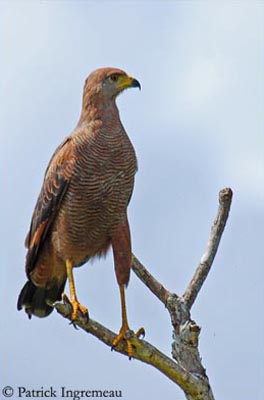
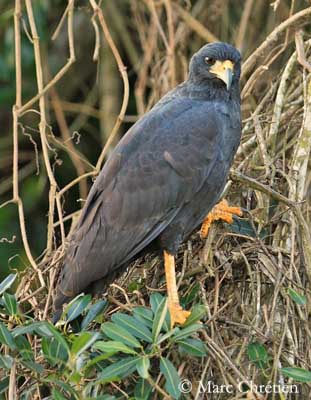
In the same family, we can find the Rufous Crab-Hawk. This one feeds only on crabs, caught from a perch. It catches the crab at the burrow’s entrance, thanks to the long legs. Then, it brings its prey on stumps, low branches or on dry parts of the ground to eat the crab after shelling.
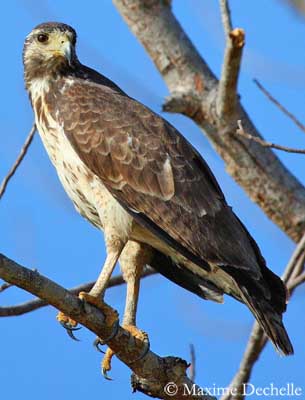
The Osprey is a fish-eating raptor which shows a particular feature (shared with the owls) the opposable toe. Most of raptors have three toes forwards and one backwards, but although the Osprey has the same type of foot, it is able to change this configuration for better catch.
The outermost (the smallest toe) is positioned with the rear one, giving the following arrangement of two forwards and two backwards.
In addition, the Osprey is able to grasp slippery fishes thanks to the pads covered in spines which are on the soles of the toes, and to the sharply curved talons similar to fish hooks. It can grip firmly the fish.
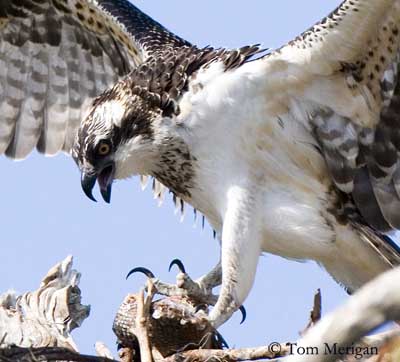
The Snail Kite has long, well curved claws. It is a specialized forager, only feeding on large freshwater snails. It hovers or flies slowly above the water, and extends its talons towards water, in order to grasp snails placed on stems in the marsh vegetation. Then, the snail is held with the claws while the bill extracts the flesh from the shell.
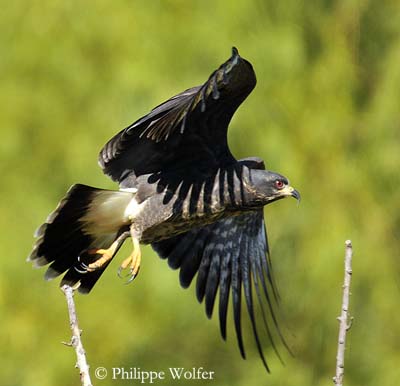
Another raptor with different behaviour, the Secretarybird, which has very long bare legs, covered with scales, in order to protect the bird while it is walking among the vegetation or when it attacks snakes. The toes are short but strong, equipped with a powerful rear talon.
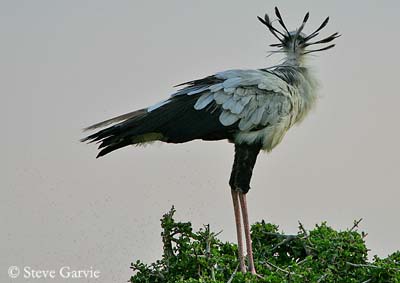
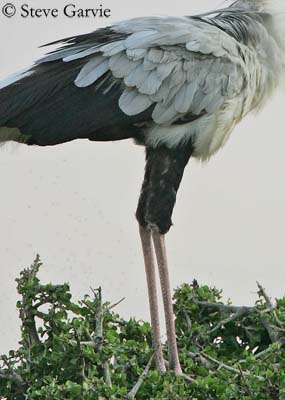
Secretarybird and detail of the legs
Vultures are different. They have weak, poorly padded feet and slightly curved talons. But vultures are scavengers and do not catch or kill their preys. They have bare toes and tarsi, making easier to clean them after feeding in bloody carcasses.
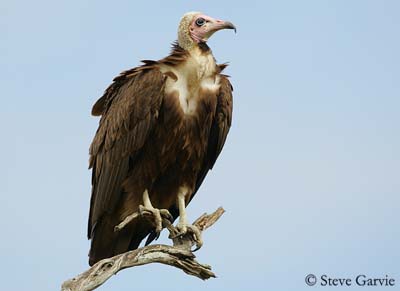
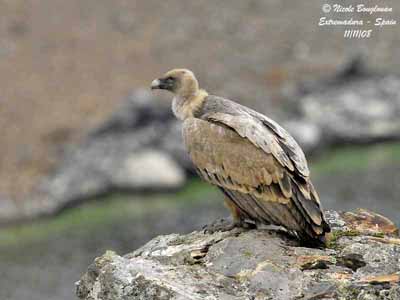
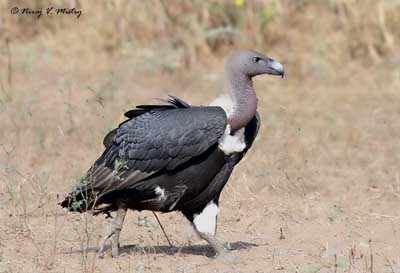
The New World vultures have the same type of legs and feet, and both New World and Old World Vultures have feet more similar to Gallinaceous birds, than to birds of prey!
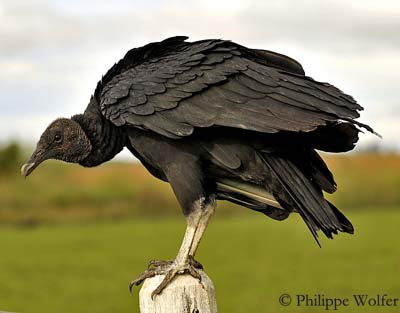
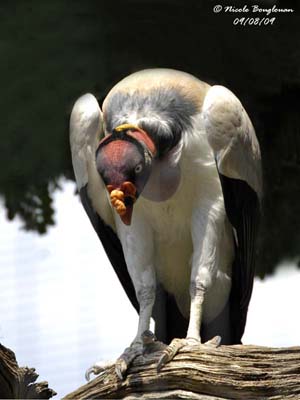
Owls have the same configuration that the Osprey, with opposable toe, giving sometimes zygodactylous arrangement with two toes forwards and two toes backwards, used when necessary. Their usual configuration is anisodactylous, with three forwards and one backwards.
This ability to change the configuration is probably used for hunting a wider variety of preys.
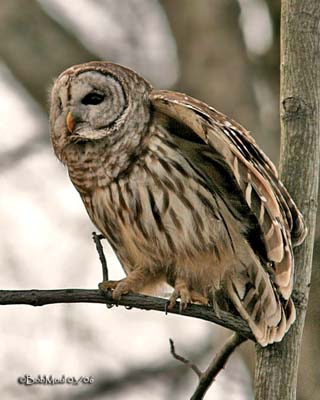
Owls have feathered legs, and several species also have feathered feet. The feathers keep warm the most important tools of these birds, allowing them to hunt in the snow, and for the nocturnal owls’ species, to hunt during the coldest hours of the day.
The owls living in temperate areas usually have bare legs and feet.
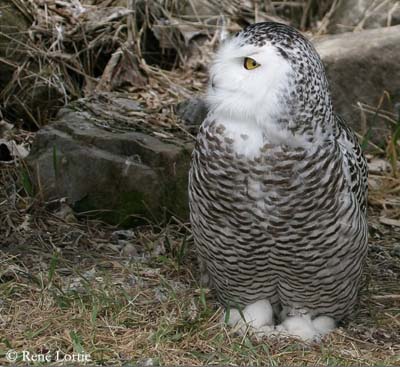
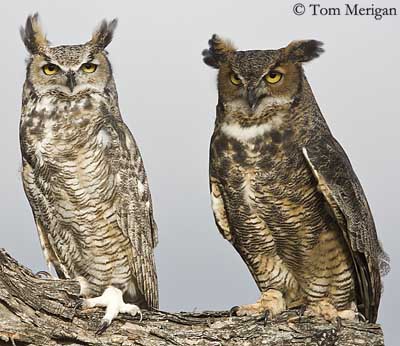
And finally, the Barn Owl has a middle claw covered in scales on the inner edge, similar to the comb’s teeth, used to preen head and neck feathers and the bristles at the bill base, in order to keep them clean.
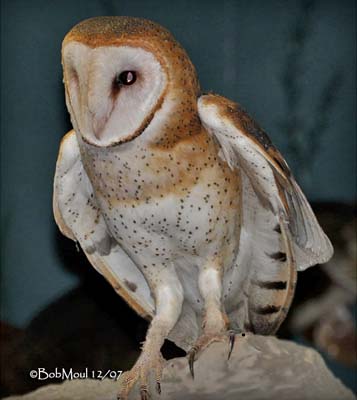
The birds of prey, from the smallest to the largest, show a wide variety of leg’s sizes and feet’s shapes. These features help us to know the most important part of their behaviour, as well the habitat where they are living, as the hunting methods.
Like the bills, legs and feet give us great information about the birds.
Texte de Nicole Bouglouan
Photographes:
Marc Chrétien
MURINUS
Maxime Dechelle
LEPAPARRAZO
Steve Garvie
RAINBIRDER Photo galleries
Patrick Ingremeau
TAMANDUA
René Lortie
http://rlortie.ca
Tom Merigan
Tom Merigan’s Photo Galleries
Niraj V. Mistry
Photo Galleries
Bob Moul
Nature Photography
Philippe et Aline Wolfer
GALERIE
Nicole Bouglouan
PHOTOGRAPHIC RAMBLE
Sources:
HANDBOOK OF THE BIRDS OF THE WORLD Vol 2 by Josep del Hoyo-Andrew Elliot-Jordi Sargatal - Lynx Edicions - ISBN: 8487334156
Stanford University - Birds of Stanford